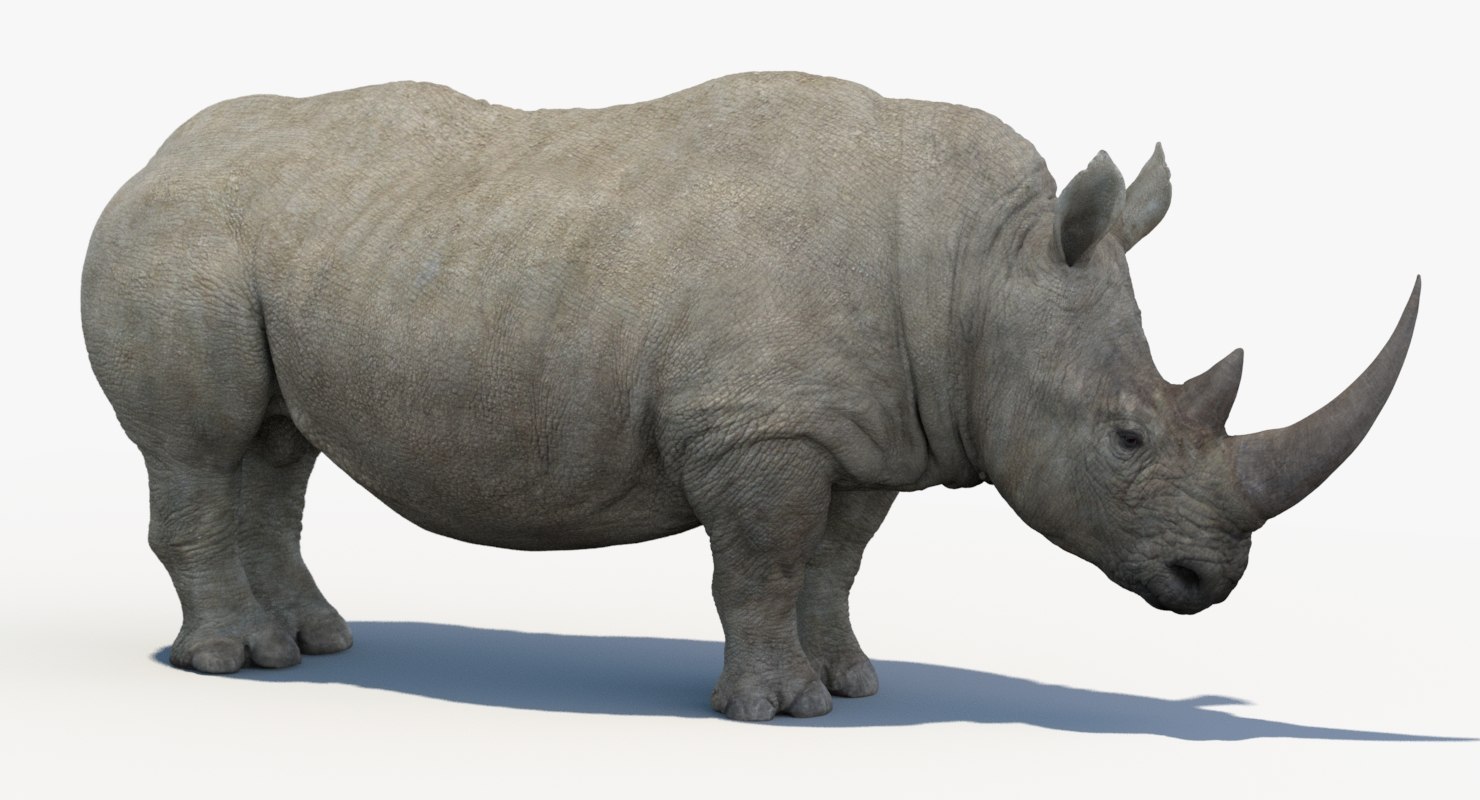

Extendable brain atlases are also means for aggregation of patient’s specific image and non-image data. In particular, in neurosurgery, powerful and dedicated atlas-aided tools are needed for planning, intraoperative support, and postoperative assessment. They support various domains, mainly neurosurgery, neuroradiology and neurology, with diverse requirements and tools. The brain atlas in education serves students and educators as a visual and interactive aid, enhanced with fully parcellated and labeled virtual brain models with an intuitive and friendly user interface, able to convey the cerebral complexity in a more manageable, rapid, and understandable manner.Ĭlinically, brain atlases are useful tools for supporting and enhancing diagnosis, treatment, and prediction. Managing vast amounts of data requires powerful (often leading-edge) and expensive computing systems, which are unaffordable in education and not necessary in atlas-assisted clinical applications.

Numerous and diverse brain atlases developed by various centers cause problems with standardization.
#I3DCONVERTER TEXTURE HOW TO#
The wide use of brain atlases in the research focuses mainly on how to integrate and openly share huge amounts of heterogeneous, experimental data in a common reference atlas space and to link these data across scales. These atlases are applicable across research, education and/or clinics, and each of these fields has its own specific purposes, requirements, problems, and challenges. It establishes a backbone for designing and developing new, multi-purpose and user-extendable brain atlas platforms, serving as a potential standard across labs, hospitals, and medical schools.Īn enormous explosion of human brain atlas projects with diverse objectives and spans is witnessed recently (Amunts et al., 2014 Hess et al., 2018 Nowinski, 2021a). This novel architecture supports brain knowledge gathering, presentation, use, sharing, and discovery and is broadly applicable and useful in student- and educator-oriented neuroeducation for knowledge presentation and communication, research for knowledge acquisition, aggregation and discovery, and clinical applications in decision making support for prevention, diagnosis, treatment, monitoring, and prediction. Each unit is described in terms of its function, component modules and sub-modules, data handling, and implementation aspects. It contains four functional units, core cerebral models, knowledge database, research and clinical data input and conversion, and toolkit (supporting processing, content extension, atlas individualization, navigation, exploration, and display), all united by a user interface. The proposed architecture determines major components of the atlas, their mutual relationships, and functional roles. The human brain atlas is defined as a vehicle to gather, present, use, share, and discover knowledge about the human brain with highly organized content, tools enabling a wide range of its applications, massive and heterogeneous knowledge database, and means for content and knowledge growing by its users. Subsequently, an architecture of a multi-purpose, user-extendable reference human brain atlas is proposed and its implementation discussed. Here I introduce a new definition of a reference human brain atlas that serves education, research and clinical applications, and is extendable by its user. ignore_pivots = False # Don't export pivots if assets support that.Human brain atlas development is predominantly research-oriented and the use of atlases in clinical practice is limited. use_double_precision_to_usd_transform_op = False # Uses double precision for all transform ops.

merge_all_meshes = False # Merges all meshes to single one if it can. convert_fbx_to_z_up = False # Always use Z-up for fbx import. convert_fbx_to_y_up = False # Always use Y-up for fbx import. This is only enabled for FBX and glTF export. embed_textures = True # Embedding textures into output. create_world_as_default_root_prim = True # Creates /World as the root prim for Kit needs. Open Geospatial Consortium (OGC) Map Tile Loader ExtensionĬlass AssetConverterContext : ignore_materials = False # Don't import/export materials ignore_animations = False # Don't import/export animations ignore_camera = False # Don't import/export cameras ignore_light = False # Don't import/export lights export_preview_surface = False # Imports material as UsdPreviewSurface instead of MDL for USD export use_meter_as_world_unit = False # Sets world units to meters, this will also scale asset if it's centimeters model.


 0 kommentar(er)
0 kommentar(er)
